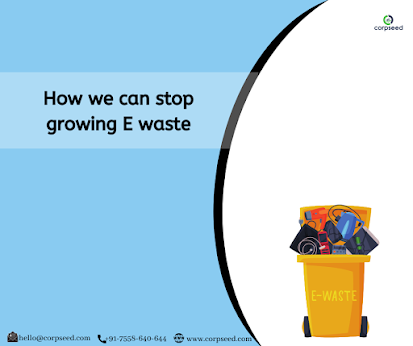Stringent steps, including minimisation of exclusive vehicles and shutdown of coal and also biomass sectors, are suggested by the CPCB-led task force between November 1 as well as 10 to take care of the worrying rise of air pollution in the nationwide funding. Strict actions, including minimisation of private cars and also closure of coal and also biomass sectors, are advised by the CPCB-led task force in between November 1 and also 10 to take care of the worrying increase of pollution in the national resources. The task force additionally encouraged public to stay clear of laborious exterior workouts to minimize their direct exposure to the toxic air, and reduce using personal autos during the very first 10 days of November. The Delhi Pollution Control Committee (DPCC) is an independent regulatory body organized on 1.06.1991, by the Delhi Government under the supervision of Central Pollution Control Board. The Central Pollution Control Board has approved all its rules and fun
Posts
Showing posts from November, 2020
Bio-Medical Waste Management | Bio-Medical Waste- Corpseed
- Get link
- Other Apps

All human activities generate waste. We all understand that such waste may be dangerous and requires safe disposal. Industrial waste, sewage and agricultural waste pollute water, air and soil. It can also be hazardous to human beings and the environment. Similarly, hospitals and other health care facilities create lots of waste, which can carry infections, particularly HIV, Hepatitis B & C and Tetanus, to the people who handle it or come in contact with it. India produces around three million tonnes of medical wastes every year, and the amount is expected to grow at eight percent annually. Types of Bio-medical waste Bio-medical waste means “any solid and liquid waste including its vessel and any intermediate product, which is generated during the diagnosis, treatment or immunization of human beings or animals or research activities about it or in the production or testing of biological or in health camps. Biomedical waste poses a hazard due to two principal reasons – the
How we can stop growing E waste- Corpseed
- Get link
- Other Apps

Electronic waste or e-waste is created when electronic and electrical equipment becomes useless for their intended use or have crossed the expiry date. Computers, mainframes, servers, monitors, compact discs (CDs), printers, calculators, scanners, copiers, fax machines, battery cells, cellular phones, transceivers, TVs, iPods, medical apparatus, washing machines, refrigerators, and air conditioners are examples of e-waste (when unfit for use). These electronic equipment types get fast replaced with newer models due to the rapid technological advancements and more modern electronic equipment production. This has led to an exponential expansion in e-waste generation. People manage to switch over to the newer models, and the life of products has also reduced. E-waste typically consists of plastics, metals, cathode ray tubes (CRTs), printed circuit boards, cables, and so on. Valuable metals such as copper, gold, silver, and platinum could be obtained from e-waste if carefully processed
The Benefit Of E-Waste Management And Disposal, For Environment
- Get link
- Other Apps

This article applies to consumer and business electronic equipment that is expected or at the edge of its useful life. There is no clear description for electronic waste (e-waste) at this time, but if you can fill it into an electrical outlet or it includes circuit boards or chips, it is most likely e-waste. These outputs can contain heavy metals like cadmium, copper, lead, and chromium that can pollute the environment. DO NOT dispose of these items in the trash or your recycling bins. Examples of electronic waste include, but not limited to: TVs, printers, computer monitors, lamps, scanners, mice, cables, keyboards, circuit boards, digital/video cameras, clocks, flashlight, calculators, phones, answering machines, radios, VCRs, DVD players, MP3, and CD players Kitchen equipment (toasters, microwave ovens, coffee makers) Laboratory equipment (microscopes, hot plates, calorimeters) Television tubes (CRTs), broken computer monitors An
E-Waste Recycling: Effect on Environment- Corpseed
- Get link
- Other Apps

E-waste or electronic waste is a rejected product that still works, has a battery, or something that you can stop into an electrical socket. Smartphones, laptops, radios, computer parts, televisions, electric kettles, and washing machines are just a few models of electronic waste . We require the latest and most extensive electronic technology, but what concerning the thousands of obsolete gadgets released each year? The startling rate of e-waste generation People have multiple outdated and old electronics in their homes. In ordinary, there are around 80 electronic products per household. In the UK, people consume around £ 800 every year on unique models and devices. The same households distribute between 44 and 55 pounds of electronic waste per year. These rejected things end up in the landfill or neglected area, the garage, or the attic. The University of the United Nations published that the amount of electronic waste has developed by about 8% in just two years,